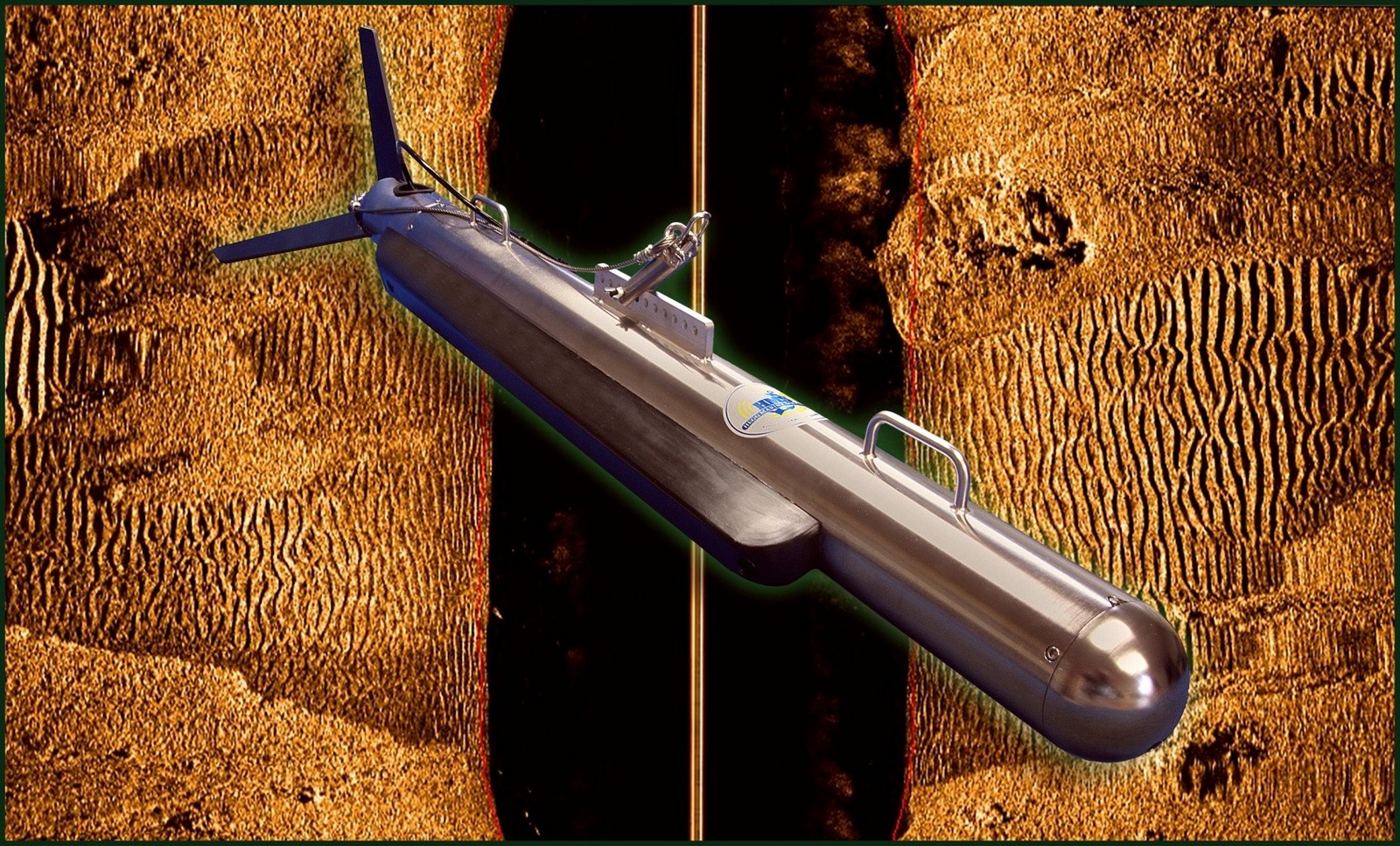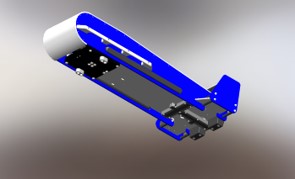
Systems
Seismic, Sub-Bottom, Side Scan, and Combined Sonar Systems
All are compatible with industry-standard data acquisition & processing software packages
Bubble Gun Low-Frequency Acoustic Seismic Systems
Low-frequency acoustic signals provide superior sub-bottom penetration through coarse sand, gravel tills, and other difficult sediments
Standard 70 Hz to 2 KHz
Low-Frequency LF 20 Hz to 2 KHz
Small component size, portability, and low power requirements make this a valuable tool for any survey platform
Multiple sources can be synchronized to a common trigger without the need for external timing control
Highly repeatable shot-to-shot phase and amplitude wavelet correlation and clean source frequency bandwidth signatures facilitate post-processing & data analysis
CHIRPceiver Sub-Bottom Profiling Systems
Complete Systems for High-Resolution Sub-Bottom Surveys
LF (1KHz-10KHz)
HF (8KHz-23KHz)
ULF (200Hz-2KHz)
Hull Mount
Side Mount
Tow Vehicles
Sub-Bottom Profiling Transducers & Systems from 23kHz to 23 KHz
Sub-bottom transducers are available for a variety of survey and vessel needs
Please contact us to discuss your specific applications
Side Scan Sonar and Combined Systems
Dual Simultaneous 100/400 KHz Side Scan Sonar System
- Embedded CHIRPceiver
- CHIRP and CW Modes
- Ethernet Interface for Data, Control, and Processing
- DSL Over Coax
- 2000m Depth Tow Fish

FSI-KLEIN COMBINED SSS/SBP SYSTEM
System Components
- FSI tow vehicle
- Klein UUV-3500 side scan (455/900 kHz, 100/400kHz or 75/400kHz). Bathymetry option available. Depth rating 600m, 1,000m & 6,000m options.
- FSI Chirp SBP (1-10KHz, 8-23kHz & 200Hz-2kHz).
Depth rating 1,000m-3,000m-6,000m OPTIONAL.
Chirp or CW pulses.
 Full system weight 140kg
Full system weight 140kg
Falmouth Scientific and Klein – A MIND Technology Business, are co-developing a towed combined sub-bottom and side scan system for commercial survey and government customers. The system utilizes the strengths of both companies to provide superior side scan image quality and enhanced sub-bottom penetration and resolution. Standard packages will include 1,000m and 3,000m depth options. Interested customers can contact Ocean Innovations.



























